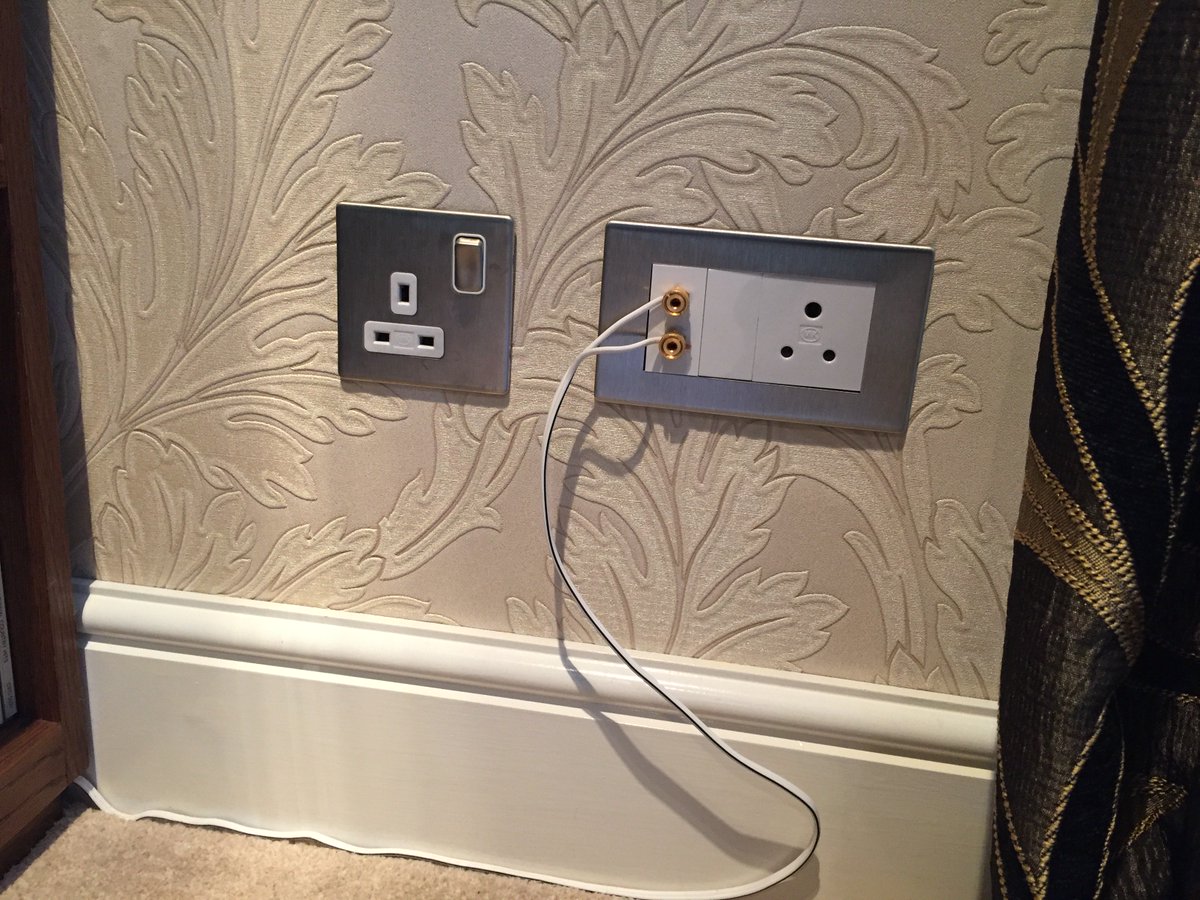I see not problem with 2, 5, and 15 amp plugs as power outlets, and there is no reason why they should not be remotely switched. In my hall I have a 4 gang switch with 3 switches being supplied with the entrance floor lighting and one supplied with upstairs lighting supply, and in the same way there is no reason why a switch plate should not switch ceiling lights and sockets from independent supplies.
My parents house had one 15 amp socket on a radial that powered the immersion heater, since there is not fuse in the plug they run cool far better idea in an airing cupboard which in spite of name does not have much air movement.
I think the BA22d plug goes back to time with lighting electric and power electric were on separate meters with lighting electric being cheaper, it was at that time a criminal offence to use a lighting supply for power.
Splitters, often with one switched were common when I was a lad, be it an iron or a child's night light, and with rewireable fuses may be rated 2 amp but often far more is drawn.
When working in Hong Kong I bought many items with the 2, 5, and 15 amp plugs, and had extension leads which allowed me to use any in the 13 amp outlets,
these were common and had a BS number on them, not sure how as never seemed to be shuttered on the 3 pin outlet, however often the 2 pin outlets were shuttered. So I still have items not often used with 5 and 15 amp plugs on them.
The problem as I see it, is a 5 or 15 amp socket could be independent of lights, or supplied from lights and the user will not know which, with a lighting plug like the klik it is plain they are for lighting, same goes for a BA22d of course, but unless plainly marked lighting only 2, 5, and 15 amp could be lighting only or independent from lights.
Even after fitting a new consumer unit I had not worked out what all the 16 ways from the consumer unit fed, once I could switch them I did go around the house to work it all out, I was in the house 4 months before I realised the outside lights on the flat were switched from the main house hall and were on the mid level lighting circuit.
It was all well and good with previous houses, we moved in when new, so we were told what each switch did, this house when I moved in there were three FCU's just for central heating and circulation pump was on a 13A plug.
So my point is a 2, 5, or 15 amp socket are traditionally for power, and should not be used for lighting unless very plainly marked. I can find grid switches clearly engraved washer, fridge etc. But not 5 amp sockets. The old clock sockets were what I used, but now they cost a fortune, of course you can't stop idiots
but you can make it so they realise when the outlet is designed for some thing special. Likely that cable supplies speakers, but how do you know?





